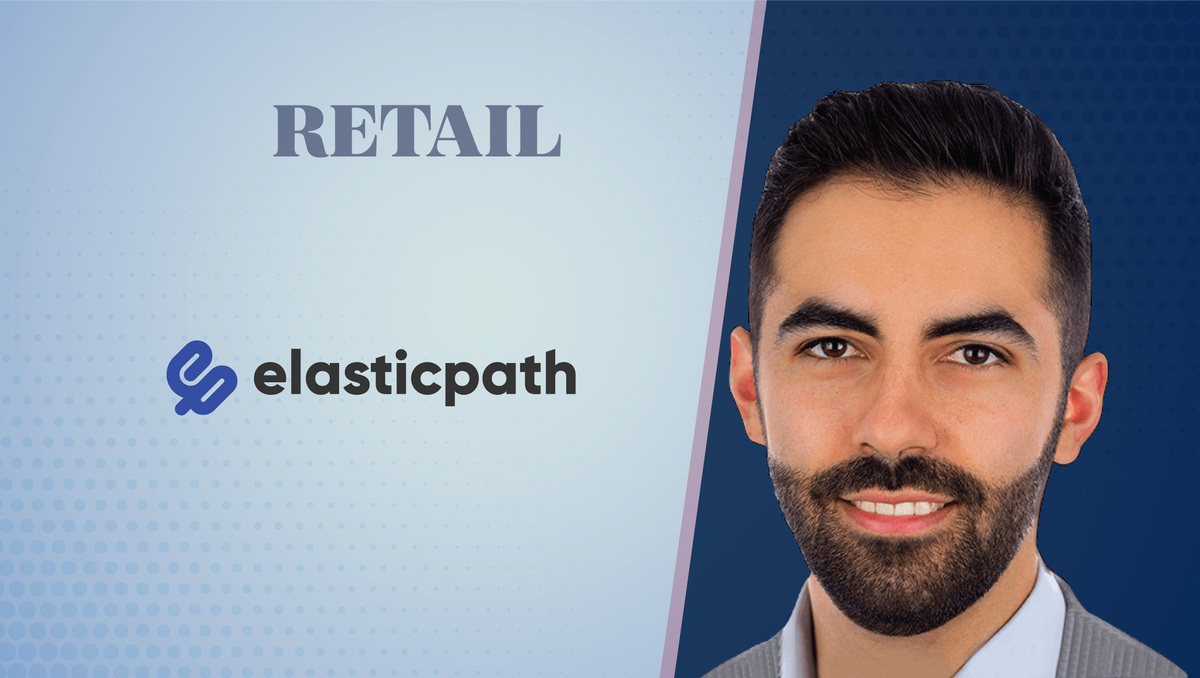Tell us how eCommerce technologies have changed in the last 12-18 months.
We’ve steadily seen the decline of full-stack commerce applications and the rise of commerce APIs. Full-stack commerce applications were designed for a world where eCommerce meant a webstore. Increasingly, buyers of all demographics are interacting with brands in all-new ways like mobile devices, voice assistants, social media platforms and more. Consumer demands are forcing businesses to change their technology strategies and APIs are allowing businesses to keep up with changing buyer preferences.
How is mobile commerce quickly evolving to engage Gen Z buyers?
Speed and convenience in commerce experiences are more important than ever. Taking a traditional transaction and moving it online to a self-service medium is no longer enough. If a Gen Z shopper needs to traverse channels, say from Instagram to your website, there’s a high degree of likelihood you’ll lose them in this process. Speed and convenience now mean commerce where you are, knowing who you are and in as few taps as possible.
How do you see Salesforce Manufacturing and Consumer Goods Cloud completely disrupting the eCommerce market?
I don’t see Salesforce’s Manufacturing and Consumer Goods Clouds disrupting the eCommerce market at all. If you are a business that centers around its CRM strategy these offerings make sense. After all, they’re little more than a creative way of repackaging what Salesforce has been selling for years. The downside of these offerings is they tie much of the experience to the back and middle offices. It makes it more compelling for a technology buyer to go for a single vendor offering across CRM and eCommerce, but it does little to actually improve the shopper experience. Salesforce customers are still largely limited by heavily templatized experiences and those are not going to keep up with the ever-changing consumer.
What future do you foresee for those brands that are yet to leverage Cloud platforms in their tech stack?
It’s undeniable that Cloud platforms and Cloud applications are the way of the future. Today’s Cloud platforms allow applications to scale for high-volume events. This is important because high-volume events span far beyond Black Friday or Singles Day. It could be due to a major celebrity endorsement or a game-changing product announcement. These can’t always be planned in advance like Black Friday, meaning the Cloud platforms need to dynamically scale as your traffic and platform usage picks up.
Please elucidate on the message “Be Like Amazon, not Amazon.com.” Do you think Amazon will be displaced from its leadership position in the next few months?
Amazon will not be displaced from its leadership position any time in the near future. The breadth of available products and the consistency of experience will keep customers going back for more. Where Amazon falls short is around instilling confidence in purchases, especially those that are expensive or highly considered. Buyers still prefer to interact with brands that provide the best information. When people say “Be like Amazon, not Amazon.com” they mean create the easiest, most effective, and most relevant experience for the buyer. If a brand that has already captured their customer in the quality of experience they deliver, they’ll prevent that customer from jumping to Amazon.com.
What are the major growth opportunities for ECommerce brands in the Indian and Chinese markets?
Smartphone penetration is quite high, especially in China, and consumers are very connected via social media. Brands that are able to create consistent experiences across mobile channels have a huge opportunity for growth. Additionally, the information superhighway is far more developed than traditional highways which makes fulfillment a pain. Companies looking to grow in these markets should focus on social media channels and mobile experiences, but they also need to invest in creative ways to tackle the fulfillment barriers on non-metropolitan areas of these countries.
John is a former Forrester Analyst, currently shaping the future of digital commerce as the Vice President of Product Management with Elastic Path. As Vice President of Product Management, John leads Elastic Path product teams to better understand customer behaviors, channel partner dynamics, analyst views and the competitive landscape. John joined Elastic Path from his role as senior analyst at Forrester, where he was responsible for the CPQ and B2B Commerce Waves. He has extensive experience working with Fortune 500 brands, retailers, and distributors to develop digital commerce strategies.
Elastic Path develops the world’s most sophisticated API-based enterprise commerce platform. The company’s flagship product, Elastic Path Commerce, has helped the world’s biggest brands generate $45 billion in over 170 countries. Customers from industries as diverse as travel, telecoms, publishing, software and retail enjoy the benefits of a flexible, open architecture that drives brand-defining customer experiences. Elastic Path is a private company based in Vancouver, Canada with sales offices in the UK and US.












